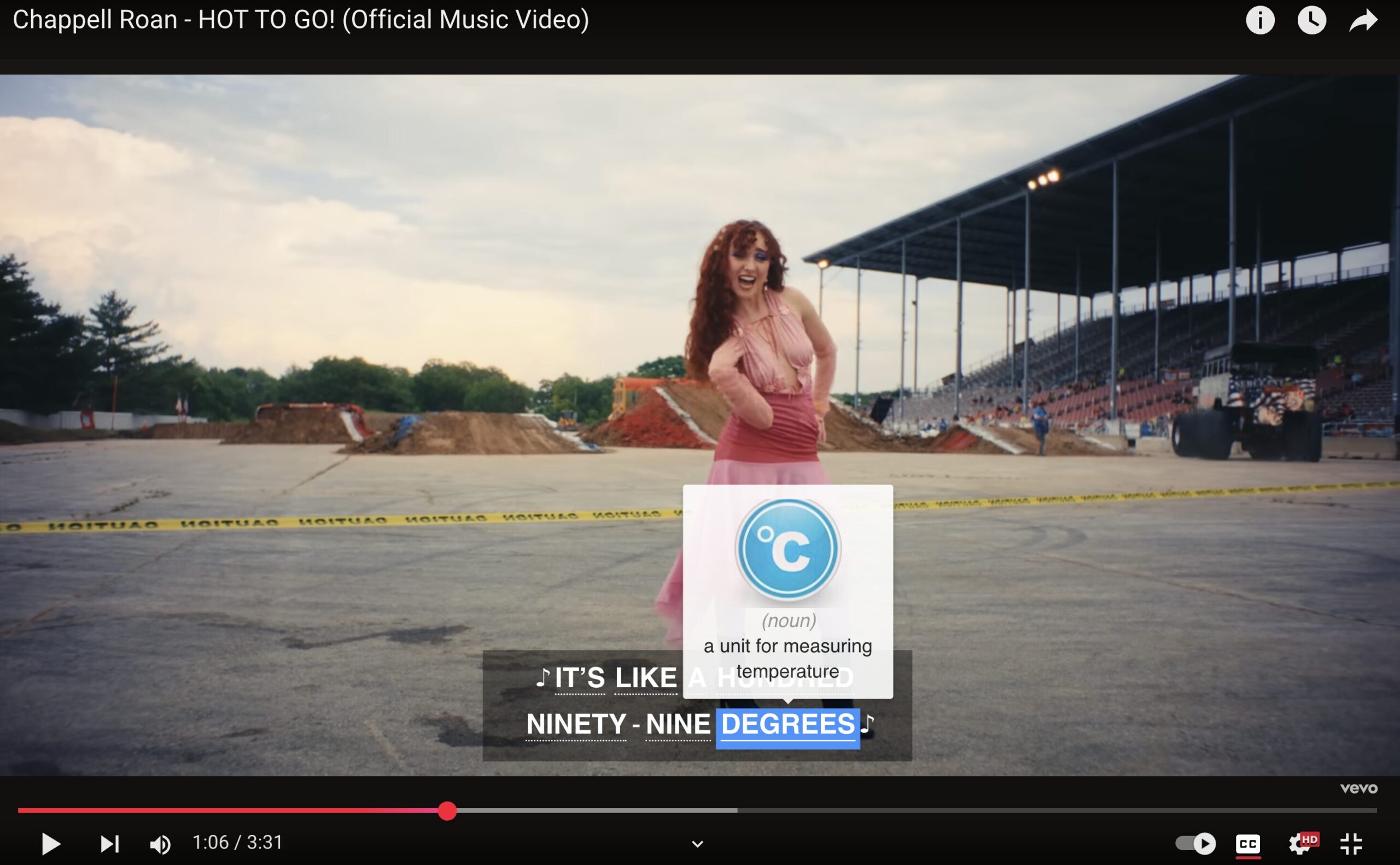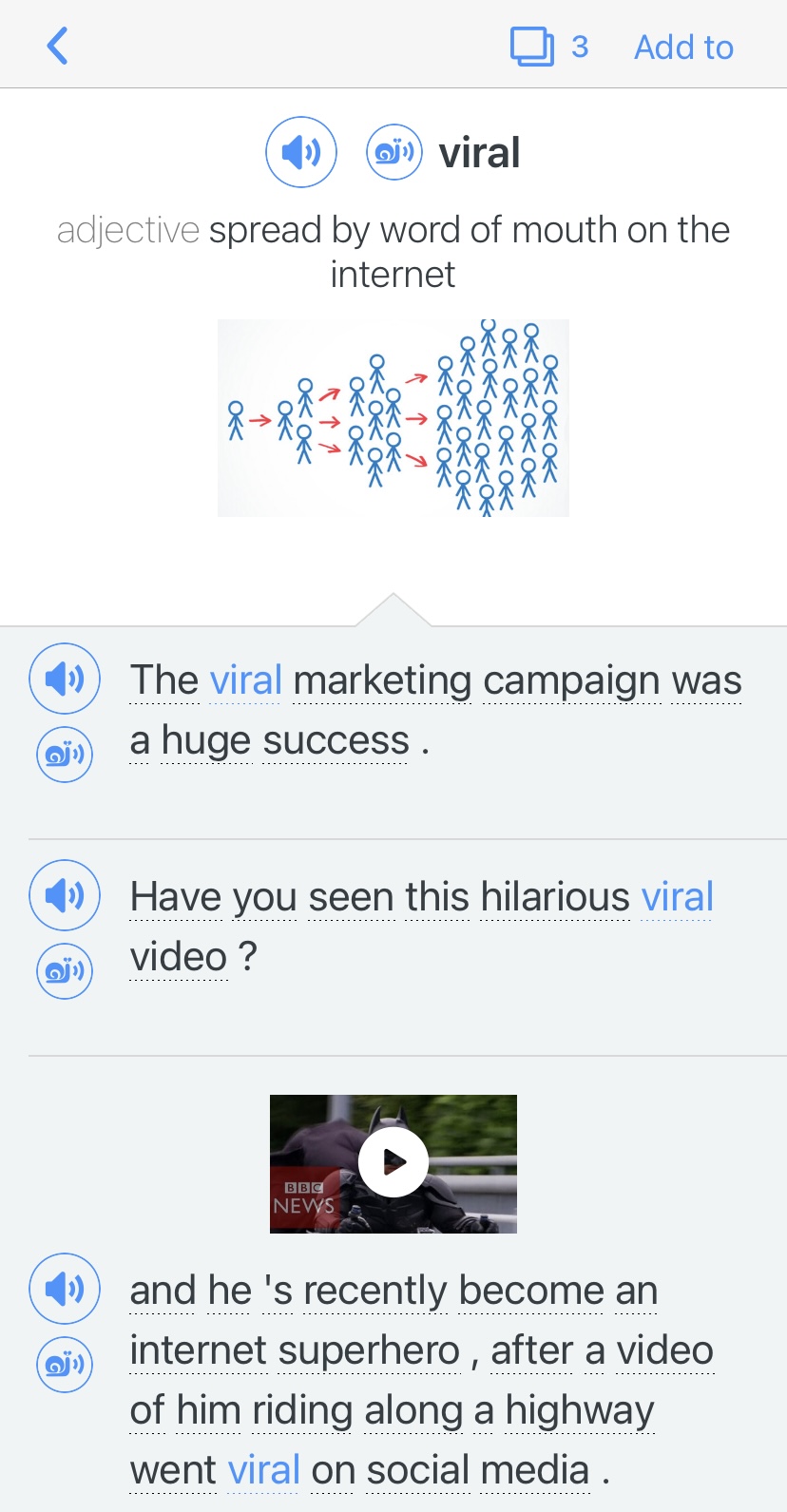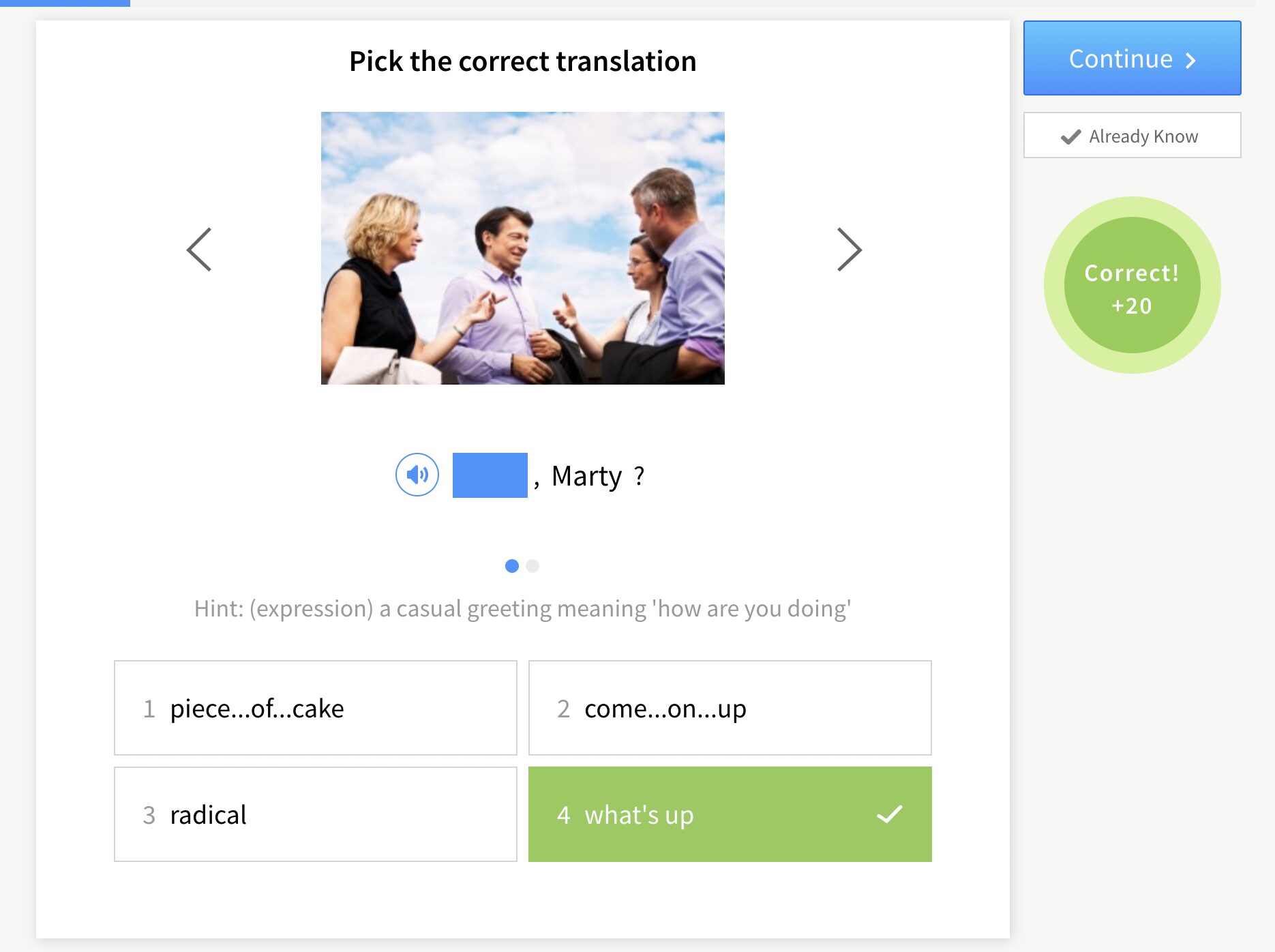200+ Practical Business Meeting Phrases

Face-to-face interactions are important in the world of business, and business people are traveling the world more and more to meet their global partners in person.
So we’ve put together 200+ phrases you can use to make a great impression and communicate effectively in your next international business meeting. But for a quick summary, you can also watch this video from our YouTube channel:
Download: This blog post is available as a convenient and portable PDF that you can take anywhere. Click here to get a copy. (Download)
Beginning the Meeting
When starting a meeting, you’ll want to start by giving the meeting participants all the information they need to take in and enjoy the meeting. This includes things like introducing yourself and others, and setting the meeting’s agenda and objectives.
Opening the meeting
Before anything else, start on a friendly footing with a warm and friendly greeting. Try one of the following:
- Good afternoon, everyone.
- Welcome, everyone.
- Thank you all for being here today.
- I’d like to call this meeting to order.
- Let’s get started, shall we?
- I hope you’re all doing well today.
- It’s a pleasure to see everyone here.
- I’d like to extend a warm welcome to our guests.
- Before we begin, let’s take a moment to introduce ourselves.
- We have a lot to cover, so let’s dive right in.
- Shall we begin with a quick overview of the agenda?
- The purpose of today’s meeting is to discuss…
- I’ve called this meeting to address the following issues…
- We have some important matters to discuss today.
- I’d like to start by reviewing the minutes from our last meeting.
- Please feel free to chime in at any time with your thoughts or questions.
- Let’s aim to wrap up the meeting by…
- As we go through the agenda, please keep your focus on our main objectives.
- We have allotted time for each agenda item, so let’s try to stay on track.
- I encourage everyone to participate and share their perspectives.
Introducing yourself
Since you’re the one running this meeting, be sure to introduce yourself. Beyond your name, give a little more biographical information, such as your position and why you’re the one presenting this meeting.
- Good morning, everyone. My name is… and I am the regional sales manager.
- Hello, everyone. I’m… and I work as a manager in the marketing department.
- Hi, I’m… I’ve been with the company for two years and currently serve as a regional sales manager.
- Good day, everyone. Allow me to introduce myself. I am… and I lead the marketing team.
- Greetings, all. My name is… and I hold the position of sales manager.
- Hello, everyone. I’m… and I’ve recently joined the company as the new vice president of sales.
- Good morning/afternoon. I’m the manager of marketing here at the company. It’s a pleasure to be here.
- Hi, everyone. My name is… and I handle business relations here at the company.
- Greetings, colleagues. I’m… and I’ve been part of the analytics team for four years.
Introducing others
Sometimes you’d like the meeting participants to know about some other key people in attendance. They may be part of the project team, or you may ask them to take over later in the meeting. If this is the case, use one of these phrases:
- Allow me to introduce… who is our new CEO.
- I’d like to introduce… who is a key member of the marketing team.
- Please meet… our VP here at at the company.
- This is… who recently joined us as the new marketing manager.
- I’d like to introduce you to… a valued member of our data team.
- Meet… who handles marketing here at the firm.
- I’d like to introduce… who comes highly recommended and brings a wealth of experience in marketing.
- Please welcome… our esteemed colleague from the public relations department].
- I have the pleasure of introducing you to… who will be assisting us with data analysis.
- Say hello to… who is a vital member of our team and plays a crucial role in this new project.
- Let’s go around the table and introduce ourselves before we start.
Presenting the agenda
An important part of any meeting is informing the participants what will take place during the meeting. To give this information, consider presenting your agenda with one of these phrases:
- Let’s begin by reviewing the agenda for today’s meeting.
- First on the agenda, we’ll discuss…
- The main focus of today’s meeting will be on… and…
- We have a few key topics to cover today, starting with…
- Our agenda includes… followed by… and…
- Today’s meeting will be structured around the following agenda: …
- We’ll start by addressing… which is crucial to meeting our goals.
- The first item on our agenda is… where we’ll discuss new sales strategies.
- Before we move on to the next item, are there any questions or clarifications about… ?
- Our meeting will be divided into three main sections:…
Setting objectives
Keeping a meeting on track is important for effective organization. To state your meeting’s objectives, use these types of phrases:
- Let’s establish the main objectives for today’s meeting.
- Our goal for this meeting is to achieve the following objectives.
- The primary purpose of today’s discussion is to address the following objectives.
- We need to set clear objectives to ensure a focused and productive meeting.
- The objectives for this meeting are designed to…
- Let’s make sure our objectives are specific, measurable, achievable, relevant, and time-bound.
- Our main objectives are as follows:…
- By the end of this meeting, we aim to accomplish… and…
- The success of this meeting will be determined by meeting the set objectives.
- Let’s keep our objectives in mind as we proceed with the discussions.
- Our objectives should align with our long-term business goals and strategy.
- To stay on track, let’s periodically review whether we’re meeting our objectives.
- It’s crucial that we prioritize our objectives and address them in order of importance.
- As we move forward, let’s focus on achieving the set objectives efficiently.
- Before we proceed, does anyone have any additional objectives to add to the list?
During the Meeting
When the meeting is taking place, you may need to discuss updates since the last meeting or tell the participants how the project is moving forward. You may also need to keep the discussion on topic, or hand over the meeting to someone else. Here’s a list of phrases to accomplish those goals:
Discussing updates
When you have something new to report about a project or task, consider using one of these useful phrases to give out that new information:
- Let’s start with some updates on…
- I’d like to hear from… regarding their progress on the new project.
- We’ve made significant progress on… since our last meeting.
- Here’s a quick overview of the recent developments in…
- I’d like to share some positive updates about…
- We’ve encountered a few challenges during the past week, and I’ll provide an update on how we’re addressing them.
- Let’s open the floor for updates. Who would like to start?
- I’ll be giving an update on the… project that was assigned to me.
- Our team has achieved a lot, and we’re on track to meet our targets.
- I’ll highlight the key updates in our department and discuss their impact on our overall progress.
Moving forward
When one project or task is moving along well, or you’re moving onto another project, use one of these phrases to signal and you’re moving the meeting forward:
- Let’s move forward and discuss the next agenda item.
- Now that we’ve covered this topic, it’s time to address….
- With that update, we can now proceed to…
- We’ve reached a decision on the previous issue, and we can now focus on the next.
- Having discussed the first topic, we are ready to move on to the next agenda item.
- Now, let’s consider how we can implement the ideas generated during the brainstorming session.
- We’ve received valuable input, and it’s time to work on incorporating that into our action plan.
- With everyone’s agreement on the previous point, we can now proceed to the next topic.
- Let’s move the discussion forward by addressing the next key issue.
Keeping the discussion on track
If a meeting or discussion seems like it may be getting off track, you can use one of these phrases to keep the participants focused on the topic at hand:
- Let’s stay focused on the agenda items to ensure a productive meeting.
- I’d like to remind everyone to keep our discussions relevant to the meeting objectives.
- To maintain efficiency, let’s try to keep our comments concise and to the point.
- If we could all stay on topic, it will help us make the most of our allotted time.
- We have a lot to cover, so let’s avoid going off on tangents during the discussion.
- If I may, let’s redirect the conversation back to the current agenda item.
- I understand that this is an important point, but let’s table it for now and come back to it later if time allows.
- To respect everyone’s time, let’s address any unrelated discussions outside of this meeting.
- I appreciate the enthusiasm, but let’s ensure we’re not veering too far from the main topic.
- If there are no further comments on this agenda item, let’s move on to the next one.
Handing over the meeting to someone else
Sometimes, one of your colleagues knows more about a project than you do. That’s when you want to hand over the meeting to someone else. Use these phrases to do that smoothly:
- I’d like to hand over the floor to… for their insights on this matter.
- Now, I’ll pass the baton to… to share their findings from the recent research.
- I invite… to take the lead and provide an update on this project.
- Next, I’ll turn the floor over to… for their perspective on the current challenges.
- Let’s hear from… as they will be spearheading the new marketing campaign.
- I’ll hand it over to… to provide more details on the budget projections.
- Now, I’d like to give… the opportunity to present the proposal they’ve been working on.
- I’ll step back and let… guide us through the new process they’ve designed.
Speaking Up During Meetings
There are times when you need to speak up during meetings in order to have your point heard. This can include sharing your personal perspective or opinion, agreeing with others during a meeting or politely disagreeing with others. You may also need to suggest something, politely interrupt, ask a question, ask for clarification, ask for others’ opinions or ask to hear more detail. Here are some extremely useful phrases for accomplishing those meeting goals:
Sharing your perspective or opinion
When you have a great idea or perspective, you should share it with the group. Consider using of these phrases to do that:
- In my view, I believe that…
- From my perspective… is worth considering.
- I’d like to share my thoughts on this.
- In my opinion… is essential for meeting our goal.
- From where I stand, I see… as a potential solution to this challenge.
- I’d like to weigh in on this matter… aligns well with our objective.
- My perspective is that… could positively impact this project.
- From my experience… has proven effective in similar situations.
Agreeing during the meeting
When you agree with someone during a meeting, be sure to tell them. You can use one of these phrases to do that:
- I completely agree with…
- I’m on the same page as…
- I share… viewpoint on this matter.
- I couldn’t agree more with…
- That’s a valid point, and I agree.
- I’m in agreement with… suggestion.
- You’re right, and I agree with you.
- That makes sense, and I fully agree.
- I concur with… on this issue.
Disagreeing during the meeting
Sometimes, you just don’t agree with someone at a meeting. To politely disagree, consider the following phrases:
- I see where you’re coming from, but I have a different perspective.
- I respectfully disagree with that idea.
- I understand your point, but I don’t think it’s the most suitable approach.
- I have some reservations about that suggestion.
- I’m afraid I can’t fully support that proposal.
- I respectfully dissent on this matter.
- I’m not convinced that this is the right course of action.
- I have a different opinion regarding this issue.
- I’m not entirely comfortable with that proposal.
- I must disagree with the approach suggested by…
Suggesting something in a meeting
When you have a new idea or suggestion to bring up in a meeting, you can use one of these useful phrases to smoothly give that information:
- I’d like to suggest that we…
- How about we consider…?
- I have a suggestion regarding this topic. What if we…?
- It might be worth considering… as a possible solution.
- I’d like to propose that we…
- Have we thought about… to address this issue?
- One option we could explore is…
- I’d like to bring up… for consideration.
- Let’s think about… as a potential way forward.
Interrupting the meeting
Sometimes you have information to add that just can’t wait. When this happens, you will have to politely interrupt the meeting. You can use these phrases to do that:
- I’m sorry to interrupt, but I have an important point to add.
- Excuse me, may I interject for a moment?
- If I may, I’d like to make a quick comment on this topic.
- Can I jump in here with a relevant thought?
- Sorry for the interruption, but I believe this is pertinent to our discussion.
- Allow me to interrupt for a moment to share some insights.
- Pardon me, I’d like to add my perspective on this matter.
- May I interrupt briefly? I think this point requires clarification.
Asking questions
Asking questions is one of the most effective ways to learn more about a project or task. Here are some excellent question phrases for getting more information:
- Could you clarify this issue for us, please?
- I have a question about this topic.
- Can you provide more details on this proposal?
- I’d like to know how this decision will impact the project.
- What are the next steps for this initiative?
- Is there any progress on this?
- Could you share the reasoning behind this strategy?
- What are the potential challenges we might face during the implementation of this plan?
- How will this align with our long-term goals and vision?
Asking for clarification
Sometimes you like the idea, but you need more clarification or details before you can really decide if it’s the best approach. When this situation arises, use these helpful phrases:
- I’m not entirely clear on this topic. Can you please provide more details?
- Could you elaborate further on that point?
- I’m having difficulty understanding this topic. Can you simplify it for me?
- I need some clarification regarding this proposal. Can you explain it again?
- I’m not sure I follow. Can you break down the main points of this issue?
- Sorry, I didn’t quite catch that. Can you go over it one more time?
Asking to hear something again
Sometimes you don’t hear or don’t fully understand something someone has said. When this comes up, use these helpful phrases:
- Could you please repeat that? I didn’t catch the last part.
- I’m sorry, could you say that again a bit more slowly?
- I didn’t quite get what you said. Could you clarify, please?
- Apologies, but I missed some of the details. Can you go over it one more time?
- If you don’t mind, could you repeat the main points you just mentioned?
- I want to make sure I understand correctly. Could you reiterate what you said about this topic?
- I’m having trouble hearing you clearly. Could you please say that again?
- I didn’t catch the details. Could you run through it once more, please?
- My apologies, but I need you to repeat what you just shared.
- I’d appreciate it if you could go back to the part where you explained [Topic].
Asking for others’ opinions
When you want to hear what your colleagues think about a particular point or idea, ask for their opinions. Here are some useful phrases to do just that:
- I’d like to hear what everyone thinks about this topic.
- What are your thoughts on this?
- Does anyone have an opinion or perspective they’d like to share?
- We value everyone’s input. Please don’t hesitate to share your opinions.
- Let’s open the floor for any opinions or suggestions regarding this issue.
- If anyone has a different viewpoint, we’d love to hear it.
- Please feel free to express your opinions on this matter.
- I’m interested in hearing what you all have to say about this topic.
- Before we move forward, I’d like to get everyone’s opinions on this issue.
Asking for more information
More information is often needed in business meetings and discussions. To solicit (ask for) more information, use these phrases:
- Could you provide additional information on this topic?
- I’d like to know more about this issue.
- Can you expand on this proposal, please?
- I’m interested in learning more about this issue.
- Do you have any further details on this matter?
- Could you share additional insights regarding this proposal?
- I’d appreciate it if you could provide more information on this topic.
- Are there any supporting data or statistics for this claim?
Finishing the Meeting
Once the main part of the meeting has ended, you’ll need to wrap it up in a satisfying way. Some great methods to use for this include summarizing the meeting and, of course, thanking the meeting’s attendees for being there. Here are some very helpful phrases for finishing up your next meeting:
Summarizing the meeting
It’s always a good idea to remind your busy meeting participants what you covered in the meeting. Give the main points with some other personal commentary if you think it would help. Use these helpful phrases to summarize the meeting:
- Let’s recap the key points discussed in today’s meeting.
- To summarize our meeting, we covered the following main topics:
- In conclusion, the key takeaways from today’s meeting are as follows:
- To briefly summarize what was discussed, we addressed the following issues:…
- In short, the main outcomes of the meeting are as follows:
- To recap, we focused on…
- In summary, we made progress on… in detail.
- To wrap up our meeting, we decided on the following action steps:…
Closing the meeting
Like a good story, a meeting has a beginning, a middle and an end. These phrases will help you end your meeting with grace:
- Before we conclude, are there any final questions or comments?
- I’d like to thank everyone for their valuable contributions today.
- In closing, I want to express my appreciation for the productive discussion.
- Let’s wrap up our meeting with a quick summary of the action points.
- To end on a positive note, I’m looking forward to seeing the progress on this project.
- If there are no further comments, I declare this meeting adjourned.
- Thank you all for your time and contributions. Let’s reconvene next week.
- In conclusion, I believe we’ve made significant strides towards our objectives.
Thanking attendees
Never forget to thank the busy people who took time out of their day to attend your meeting. Here are some helpful phrases to do that:
- I’d like to extend my gratitude to everyone for their active participation today.
- Thank you all for making time to be here and contributing your valuable insights.
- I appreciate each of you for your thoughtful contributions during this meeting.
- A big thank you to all the attendees for their engagement and valuable feedback.
- I want to express my thanks to each person present for their meaningful contributions.
- Your active participation has been instrumental in moving our agenda forward. Thank you.
- Thank you all for your time, commitment, and valuable perspectives during this meeting.
- I am grateful for the efforts and input from each attendee. Thank you for being here today.
With that, you’re now ready to lead and participate effectively in any business meeting. These phrases and expressions are a great starting point for you. I hope you will put them to good use in your next meeting.
By listening and paying attention to the language used at meetings that you attend, you will even be able to add to this list. Good luck!
Download: This blog post is available as a convenient and portable PDF that you can take anywhere. Click here to get a copy. (Download)
And One More Thing…
If you’re like me and prefer learning English on your own time, from the comfort of your smart device, I’ve got something you’ll love.
With FluentU’s Chrome Extension, you can turn any YouTube or Netflix video with subtitles into an interactive language lesson. That means you can learn from real-world content, just as native English speakers actually speak.
You can even import your favorite YouTube videos into your FluentU account. If you’re not sure where to start, check out our curated library of videos that are handpicked for beginners and intermediate learners, as you can see here:
FluentU brings native English videos within reach. With interactive captions, you can hover over any word to see an image, definition, and pronunciation.
Just click on the word to see other example sentences and videos where the word is used in different contexts. Plus, you can add it to your flashcards! For example, if I tap on the word "viral," this is what pops up:
Want to make sure you really remember what you've learned? We’ve got you covered. Practice and reinforce the vocab from each video with learn mode. Swipe to see more examples of the word you’re learning, and play mini-games with our dynamic flashcards.
The best part? FluentU tracks everything you’re learning and uses that to create a personalized experience just for you. You’ll get extra practice with tricky words and even be reminded when it’s time to review—so nothing slips through the cracks.
Start using the FluentU website on your computer or tablet or, better yet, download our from the App Store or Google Play.
Click here to take advantage of our current sale! (Expires at the end of this month.)












